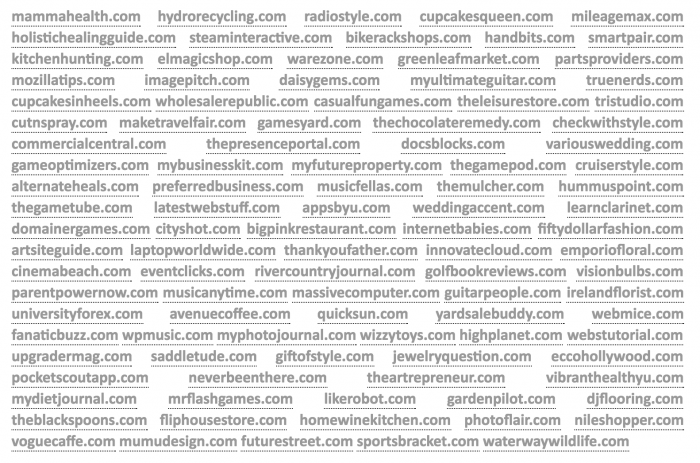Ad technology is ruining the web as dubious websites game traffic to take advantage of the algorithms the ad tech companies use to place ads, according to a paper out from Kalkis Research, a French research firm. News organizations, desperate for traffic, feed into the system by using systems such as Taboola and Outbrain which often link to these shell sites, the report says.
Kalkis says there are networks of shell websites that redirect visitor traffic among one another to attract ads from known brands such as Walmart or Nike:
These traffic brokers are designed to game the advertising industry’s metrics. Most of their visitors are sent to low-end websites. But if you happen to be of high value to the ad tech industry (based on your IP), you’ll be redirected through a loop of various shell websites, spending a fraction of a second on each, in order to increase the apparent quality of these websites’ audience. Once the shell websites in the network have good enough Alexa rankings, and off-the-chart demographics, they sign contracts to display ads with much better terms.
Most of the companies that end up advertising on these shell websites are big, established brands. The fault falls on their exclusive advertising agencies (Omnicom, Adobe, Alliance Data) that fail to detect the scheme.

The paper highlights Time Inc. (though it refers to the company as “Times Inc.”), which signed a $100 million deal with Outbrain in 2014. At the time, Andy Blau, the company’s senior VP and group GM of ad sales told AdAge that Time Inc. decided to work with Outbrain “not only because the revenues were higher than others but because its engine drives better recommendations than others.”
These are the companies that want to "save" media from Facebook https://t.co/EUxblXCxwF pic.twitter.com/vZIb5bJKRr
— Michael Morisy (@morisy) June 3, 2016
But Kalkis said that the costs to publishers of having those content recommendation networks on their sites may outweigh the benefits:
We’ve spent a couple of days looking investigating the links Taboola displays on its banners. They are surprisingly uncorrelated to the webpage’s content, or the user’s IP. Worst of all, around half of them lead to “traffic arbitrage” wannabes: shell websites with stale and generic content, filled with ads and clickbait (table below). Some of them seem to be outright fraud, as there’s no way they could have CPRs high enough to eek out a profit after paying at least 3 cents per visitor to Taboola.
Times Inc celebrated its deal with Outbrain in November 2014, claiming it would bring in $100 million. That’s a paltry 3 cents per month and per unique visitor on their network of websites. In our opinion, the damage to the brand image when Times Inc visitors are redirected to trashy traffic arbitrage websites, is much higher.

“Publishers needing to monetize their pages has resulted in more and more ads and less ability to push back on certain ads that negatively impact the consumer,” Digital Content Next CEO Jason Kint said. “So, you end up with less consumer trust, a worse consumer experience, and it becomes a vicious cycle.”
And the number of people using adblockers — especially on mobile — is continuing to grow. Twenty-two percent of the 1.9 billion global smartphone users now utilize an adblocker, a 90 percent increase from January 2015, according to a report released this week by PageFair. The digital, and mobile in particular, advertising market is still growing, but with 85 cents of every new digital ad dollar going to Facebook and Google, news organizations will need to figure out new ways to leverage their audiences to advertisers.
Leave a comment
You must be logged in to post a comment.